How sexism and old-fashioned ideals hurt child care operators
Author: Mike Elsen-RooneyDate: November 20, 2017
Publication: The Hechinger Report
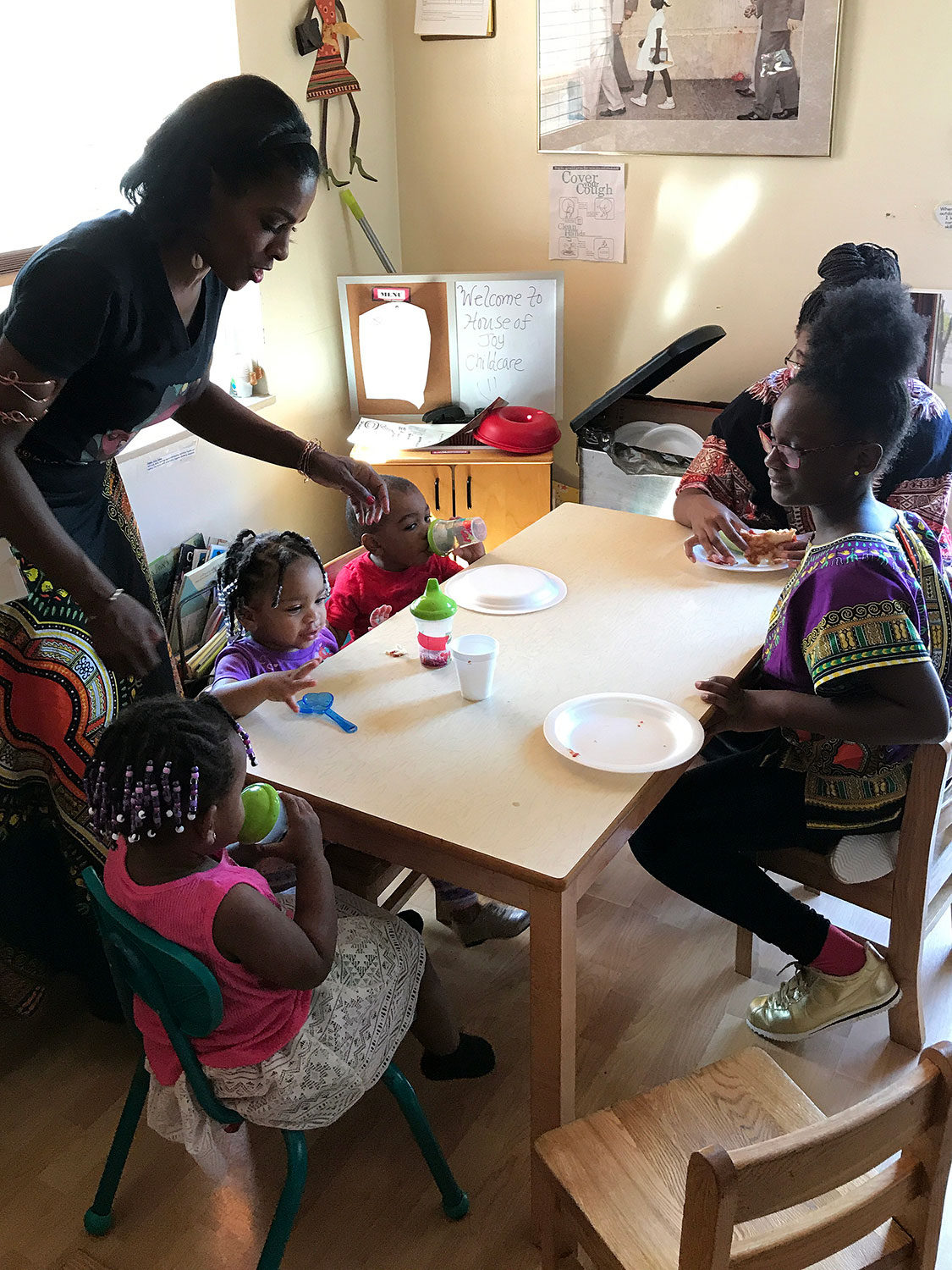
“America pretty much treats its child care workers—even the owners of home-based centers like Parks—as nothing more than babysitters. (Parks hates that comparison, quipping that she’s never sat on a baby in her life.) In many places, they are paid like babysitters (the majority of home-based providers gross less than $35,000 a year, and that’s before factoring in the expenses of running the program), they have zero health and other benefits, and, like most babysitters, they are required to have next-to-zero training or educational expertise. (Only 15 percent hold bachelor’s degrees; Michigan, where Parks works, only requires 16 hours of training a year to grant a license to a home-based operator.)
They also have complicated, vitally important jobs. Child care workers often spend more time with young children than their own parents do and end up being responsible for preparing them academically and socially for school. “We’re educators, moms, we’re the nurse, social workers, we cook, we clean,” Parks said. “We have very long days.” Read the full article here.
Supervisors Propose Universal Child Care Ballot Measure
Author: Nathan FalstreauDate: September 27, 2017
Publication: Hoodline
“In June 2018, San Franciscans may get to weigh in on a ballot initiative that would enact universal childcare for city residents. At yesterday’s Board of Supervisors meeting, District 6 Supervisor Jane Kim joined District 7 Supervisor Norman Yee to advance the initiative. The two instructed the Controller’s office to analyze the proposal’s costs and benefits.
“Nationwide, 60 percent of households with children do not have a stay-at-home parent,” Kim said, noting that center-based childcare for an infant in many states costs more than tuition and fees at public universities. “With these stark realities, we know that we must do better.””
Read the full article here.
San Francisco Considers Universal Childcare Program
Date: September 26, 2017
Publication: CBS SF Bay Area
“Following the successful launch of a program offering free tuition at City College of San Francisco this fall, Supervisors Jane Kim and Norman Yee are now leading a push for a universal childcare program.
Kim asked the city controller’s office Tuesday to analyze the costs and benefits of providing what she described as “universal, affordable childcare.””
Read the full article here.
Changes in SF’s child care subsidies help some, panic others
Author: Rachel SwanDate: June 20, 2017
Publication: San Francisco Chronicle
“Now San Francisco has many competing goals. Blechman and others want to lower the cost of day care and make it available to everyone. They want to raise the salaries of child care workers and preschool teachers who can’t afford to live in San Francisco. They want to elevate the quality at all facilities, so that kids throughout the city get a well-rounded curriculum of science projects, crafts, cooking, music and imaginative play.
‘We really want to make this as universal as possible,’ said Supervisor Norman Yee, a longtime advocate for parents and families whose district includes residential areas on the city’s west side.
‘There just isn’t enough funding to do everything, Blechman said.'”
Read full article here.
SF pressured to help families struggling with day care, preschool
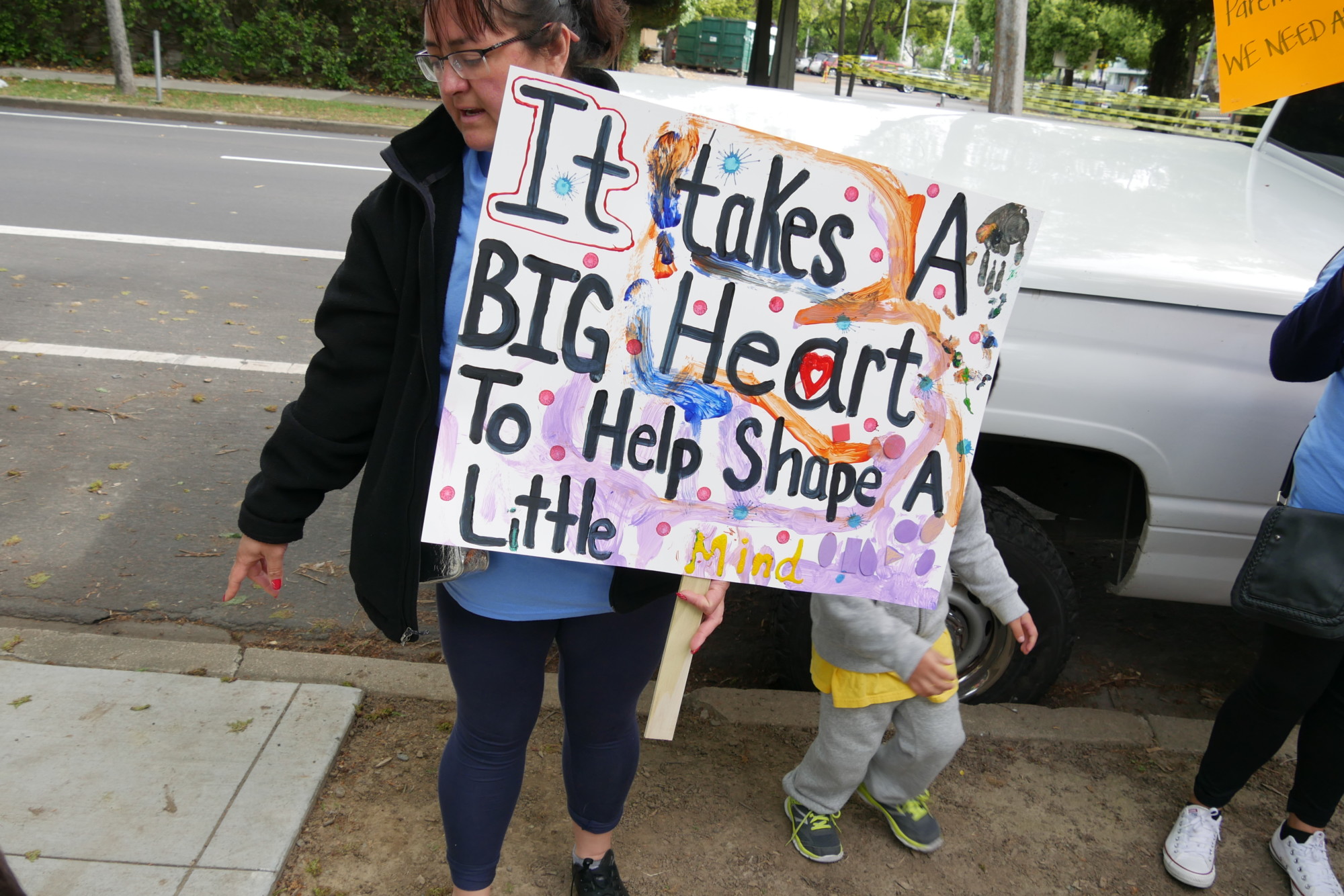
Author: Rachel SwanDate: June 20, 2017
Publication: San Francisco Chronicle
“Child care advocates are pushing the city to set aside $10 million in its next budget to fund education programs for young children.
Yet such measures are small and incremental for an industry that’s being hit on all sides. Many day care centers are getting squeezed by high rents, which force some to shut down and others to raise fees. At the same time, the child care labor force is shrinking: A recent survey by the city’s Child Care Planning and Advisory Council showed that more than a third of centers can’t enroll to their full capacity because they don’t have enough teachers – the jobs pay too little to justify getting the credentials or cover the cost of living in San Francisco.
“Right now, early childhood (care) is paid for by teachers having really low wages, or parents’ fees going up,” said Sara Hicks-Kilday, director of the San Francisco Child Care Providers’ Association.
Salaries for preschool teachers with master’s degrees go as low as $23,000 a year, which is “nowhere near the minimum survival wage in San Francisco,” said Gretchen Ames, Bay Area regional coordinator for the California Child Care Resource & Referral Network – a nonprofit working to boost the state’s supply of affordable child care.
Ames said the low wages are causing San Francisco to hemorrhage child care workers, and putting severe strains on the ones who stay. Some drive in from as far away as Vallejo, she said. Others cannot afford to put their own children in child care. Still others juggle multiple jobs.”
SF Mayor Lee wants to expand homeless child care in the city
Publication: San Francisco Chronicle
Early Childhood Workforce Index
The Early Childhood Workforce Index, released summer 2016, generated news articles nationwide.
The Index “represents the first effort to establish a baseline description of early childhood employment conditions and policies in every state and to track progress on a state-by-state basis to improve early childhood jobs.” See interactive index here. From this page you can find more information about the multi-year initiative.
How rising child care costs affect the workers taking care of your kids
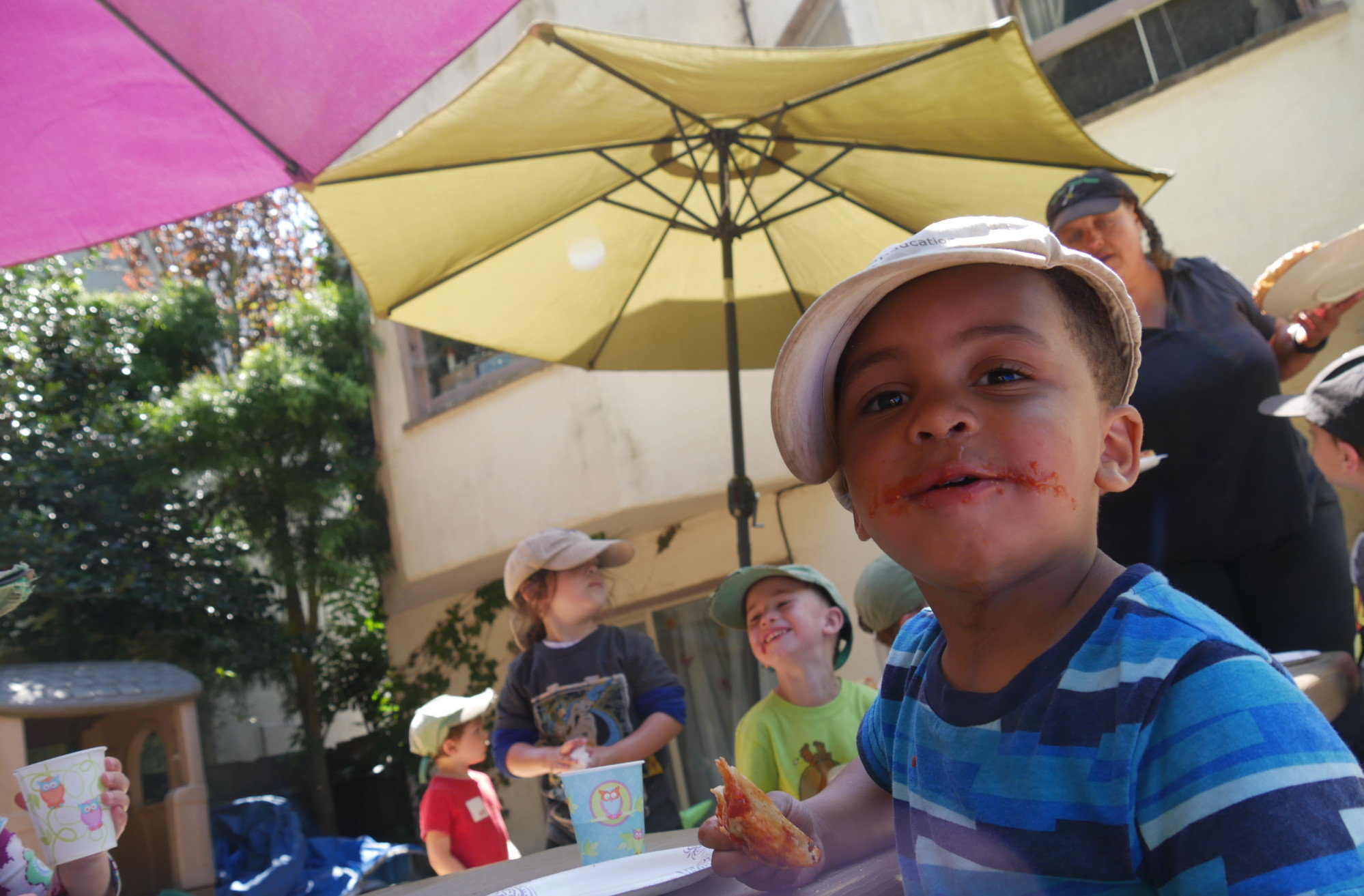
Author: Date: August 11, 2016 | 12:47 PM
Publication: Marketplace
US Department of Ed and HHS report
The U.S. Departments of Education and Health and Human Services released this report in summer 2016. It “shines a spotlight on the gap in pay for early education teachers-97 percent of whom are women-and the impact that inequity has on schools’ ability to attract and retain experienced, high-quality staff with higher levels of education.” See the U.S. Department of Education Fact Sheet here, and the full report here.
Child Care PROVIDERS STRUGGLE TO AFFORD RISING MINIMUM WAGE
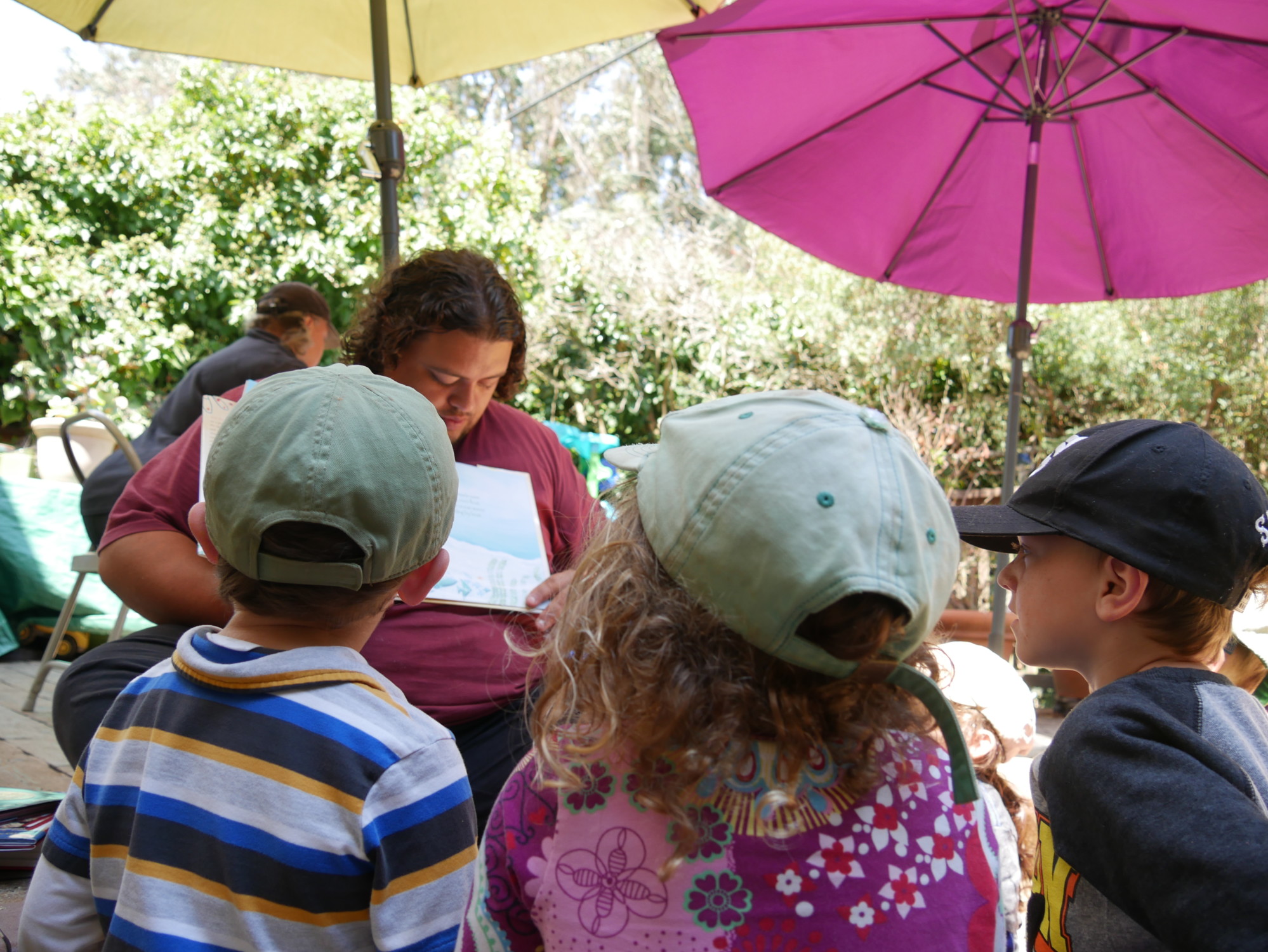
Author: Andrew Stelzer
Date: June 9, 2016
Publication: KQED News
“If you’ve got kids, or are expecting one, you’ve probably been warned a million times: Child care is expensive. But just how expensive is it here in the Bay Area?
About $1,800 a month and up for an infant, according to Kim Kruckel with the Child Care Law Center in San Francisco.
The price might come down a bit once your kid is walking or out of diapers, but not by much. It means that monthly expense is more than rent or a mortgage payment for most people. So why does child care cost so much?”
Read the full article and hear the radio piece here.
It Takes a Policy
SF Teachers Struggle Amid Costly Housing
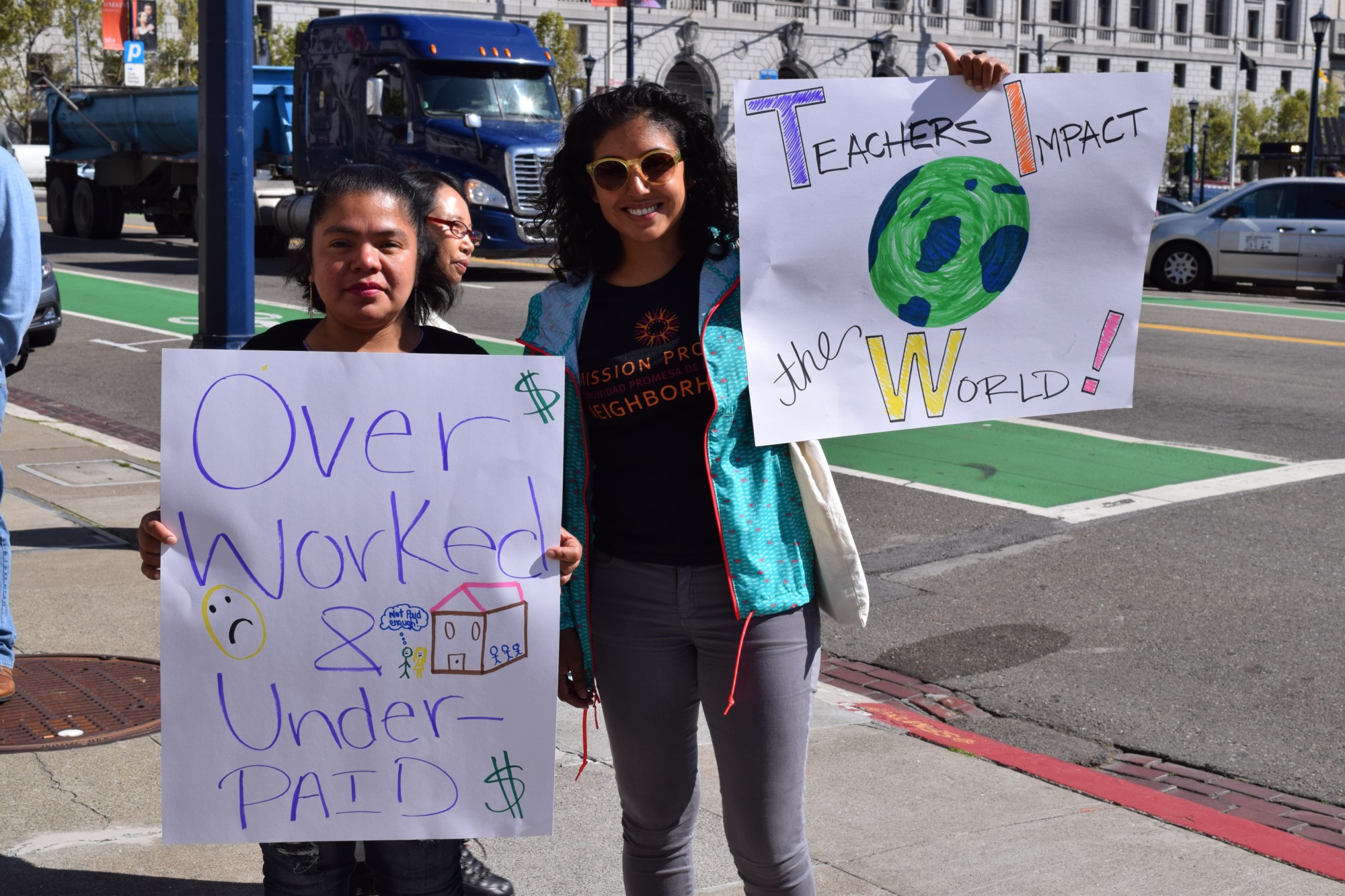
Share Your Story with the Press!
Letters to the Editor can be a powerful way to let the Bay Area community know how important early care and education is. Further, the more letters a newspaper gets about a specific topic, the more likely they are to print the letters. Please join us in writing a letter today! See more information here.